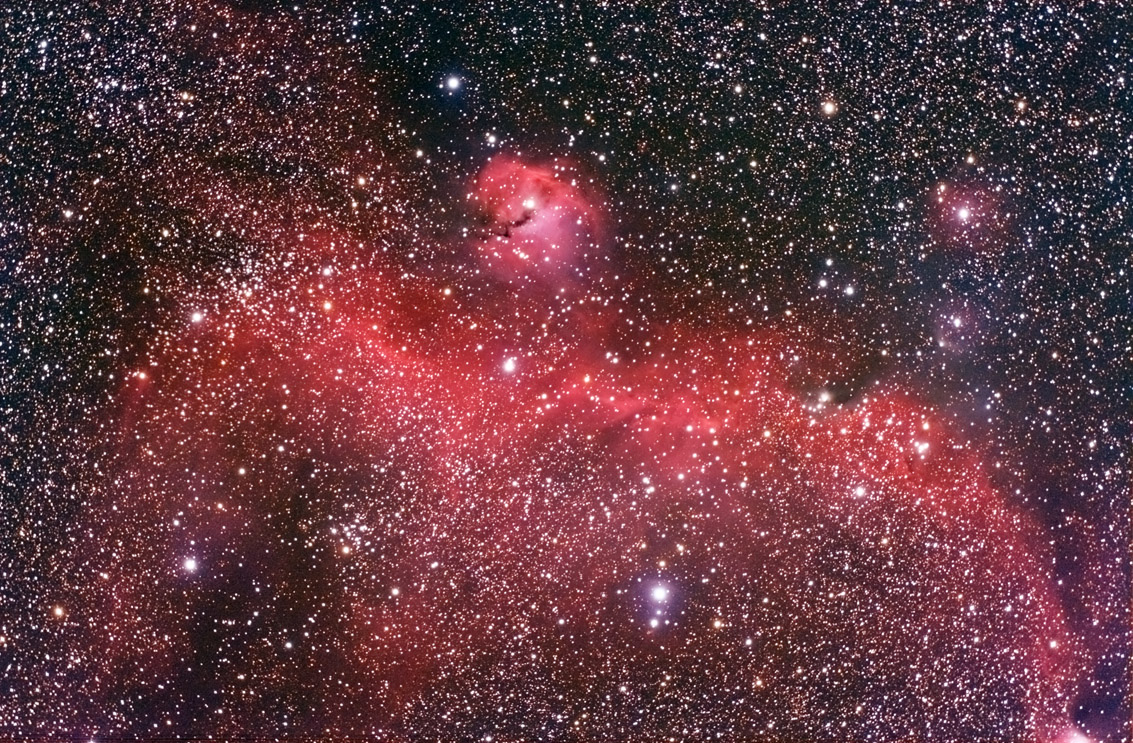
Moon after ascending nodeĦ days after ascending node on 21 March 2002 at 08:14 in ♊ Gemini.

The Moon is 363 392 km ( 225 801 mi) away from Earth and getting closer over the next day until the point perigee when Earth-Moon distance is going to be 357 012 km ( 221 837 mi).

Previous apogee | Next perigee Distance to Moon 363 392 km It will keep this direction over the next day, until the Moon reaches the point of next perigee on 28 March 2002 at 07:42 in ♎ Libra. The lunar orbit is getting narrow, while the Moon is moving towards the Earth. Moon before apogeeġ3 days after point of apogee on 14 March 2002 at 01:09 in ♓ Pisces. At the beginning of next synodic month the true anomaly is going to be ∠204.7°. It is 2 hours and 28 minutes shorter compared to 21st century's longest synodic month length.Īt the beginning of the lunation cycle the true anomaly is ∠180.3°. The length of the current synodic month is 4 hours and 35 minutes longer than the mean synodic month length. The lengths of the following synodic months are going to decreasing with the true anomaly getting closer to the value it has at the point of New Moon at perigee ( ∠0° or ∠360°). It is 1 hour and 55 minutes longer than the next lunation's length. The length of the lunation is 29 days, 17 hours and 19 minutes. Previous | Current lunation | Next Synodic month length 29.72 days

This is lunation 27 of Meeus index or 980 from Brown series. Earth's natural satellite is moving from the first to the middle part of current synodic month. Sun and Moon gravitational forces are not aligned, but meet at very acute angle, so their combined tidal force is moderate.
#Nasa picture of the day mar 27 full
Full Moon in Libra ♎ after 1 day on 28 March 2002 at 18:25.Please do not reproduce or distribute without permission. Please contact me anytime with comments or questions.Īll images and written content are copyright ©2004- 2022 by R Jay GaBany. A few pictures, noted as NOAO, were acquired with the 20-inch Ritchey-Chretien telescope at the National Optical Astronomy Observatory Visitor’s Center on Kitt Peak, Arizona. Some southern hemisphere images were also acquired from a remotely operated observatory located near Melbourne, Australia with a 12-inch RCOS telescope. Most images were produced through the remotely controlled half-meter Ritchey-Chretien telescope at the Blackbird Observatory. Separate black and white exposures through clear, red, green and blue filters are digitally combined and stretched, using Adobe Photoshop and other image processing software, to create full color pictures.Įarlier images, near the page bottom, were exposed from suburban, San Jose, California location through moderately high light pollution with a 12-inch Dall-Kirkham cassegrain telescope. Presenting images of interesting astronomical subjects obtained with modest, commercially available telescopes and CCD cameras that are optimized for taking long exposures of low light-level subjects. 2010 AAS Chambliss Amateur Achievement Award Recipient


 0 kommentar(er)
0 kommentar(er)
